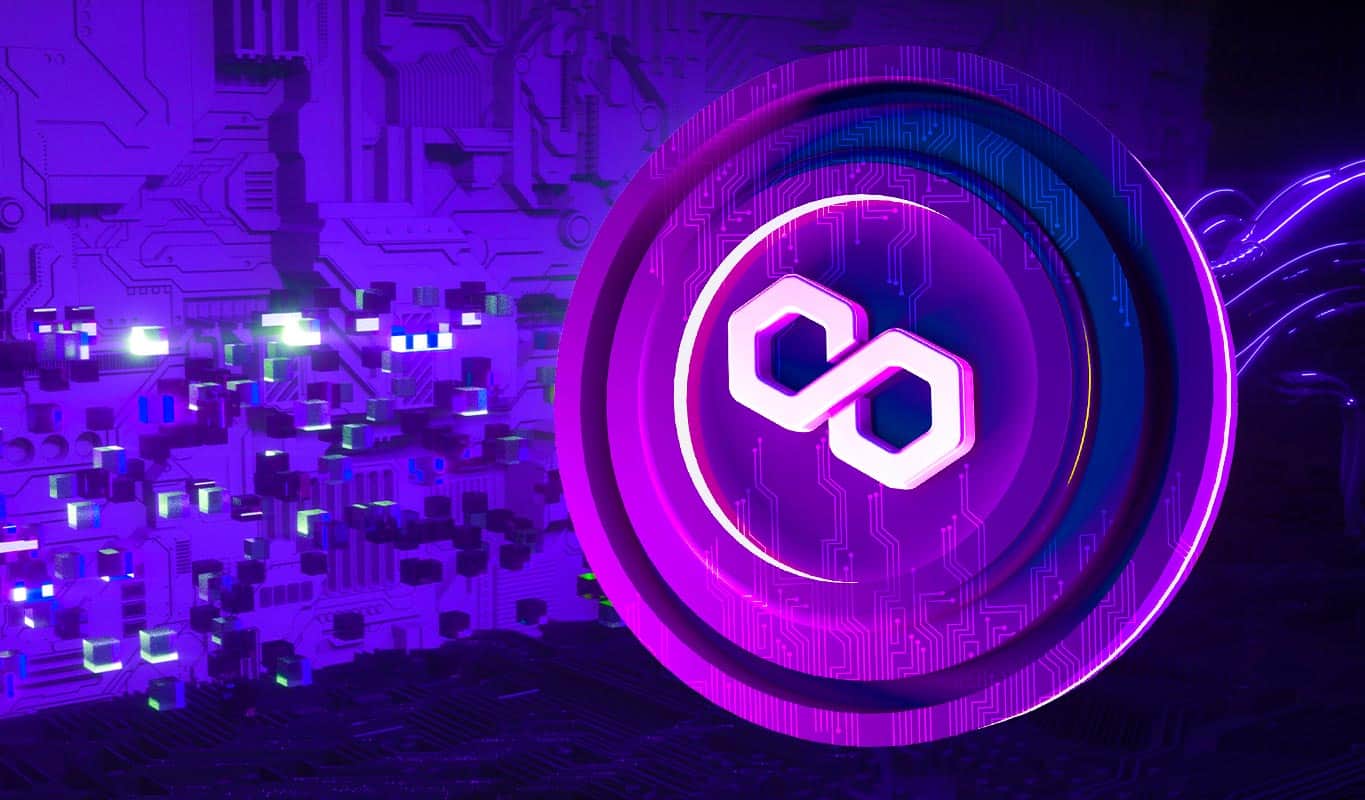Virtua’s recent agreement with Polygon is part of an effort to expand its NFT marketplace. NFTs and other cryptocurrency-related products were facing a drop in value as the bears took control of the market. Given the excitement surrounding the NFT industry, many people found this shocking.
Many in the community avoided discussing how NFTs were the future after the sale of NFTs suffered a significant fall. Many people started to believe that non-fungible tokens were merely a fad. Popular platforms like Polygon have resumed seeing opportunities in the industry, nevertheless.
To improve its NFT marketplace, Polygon has announced a new cooperation with Virtua.
Polygon x Virtua collaboration will ensure a greener marketplace
With the new partnership, Virtua’s NFT marketplace should operate more quickly and with less environmental effect. The Virtua platform helps artists to create useful, immersive 3D NFTs. Artists can display their items in Virtua’s metaverse showrooms.
Virtua picked Polygon because of its scalability and environmental friendliness. The collaboration will also enable Virtua users to leverage Polygon’s zkEVM technology. This will result in speedier transactions, lower gas costs, and enhanced security.
Many platforms are drawn to Polygon because of its focus on carbon neutrality and capacity to produce NFTs more affordably. The relationship between cryptocurrencies and the environment has long been debated.
One of the main criticisms of Bitcoin, Ethereum, and its proof-of-work mining consensus has been its environmental effect. Ethereum recently switched to a proof-of-stake consensus, nevertheless. This nullified the critique of Ethereum’s energy-intensive mining process.
Before Ethereum switched to proof of stake, minting an NFT on Ethereum resulted in around 150kg of CO2, which is comparable to watching 4,320 hours of Netflix. By contrast, minting on MATIC produced just.4g of CO2, which is only 40 seconds of Netflix viewing.
The Merge brought Polygon’s carbon emissions down by an additional 99.91%, bringing it much closer to its 2022 carbon-negative target.
Thanks to the merge, Ethereum made significant strides toward sustainability, but it continues to rely on Layer 2 solutions like MATIC to deliver the scalability, cheap gas costs, and quick transactions that platforms like Virtua require. Following Ethereum, several coins are likely to follow suit.

